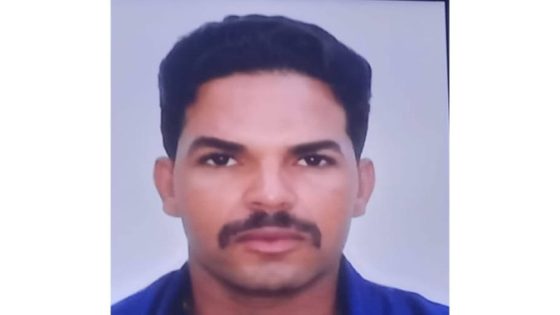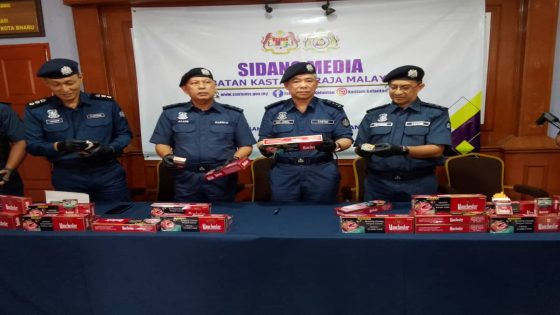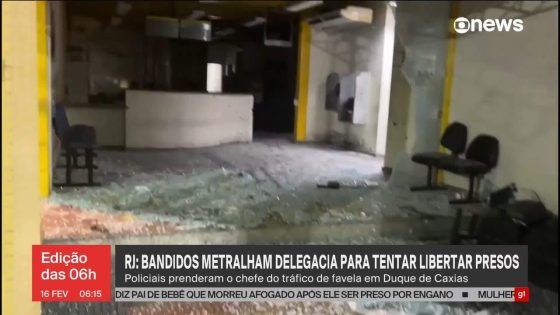A dramatic police standoff unfolded in Niquelândia, Goiás, on February 11, 2025, when a kidnapper shot and killed a police officer from the Special Operations Battalion (Bope/PMGO). The incident escalated quickly, leaving the community in shock. How did this dangerous situation end?
- Suspect killed a police officer in Goiás.
- Fábio Bernardo dos Santos identified as suspect.
- Hostage situation with wife and stepdaughter.
- Over 200 police involved in standoff.
- Fábio had a history of bank robbery.
- Sniper from Bope eliminated the suspect.
Tragic Police Standoff in Goiás: Kidnapper Kills Officer Before Being Shot
What led to this tragic event in Brazil? A notorious criminal, Fábio Bernardo dos Santos, opened fire during a police operation aimed at arresting him. The standoff lasted for hours, showcasing the dangers faced by law enforcement in high-crime areas.
Understanding the Context of Crime in Brazil: What Can Be Done?
The situation in Niquelândia is not isolated. Brazil has been grappling with high crime rates, particularly involving armed robbery and kidnappings. The police force often finds itself in life-threatening situations while trying to maintain public order.
Key Facts About the Incident and Its Implications
Here are some critical points regarding the recent standoff:
- The kidnapper, Fábio Bernardo dos Santos, was armed with a rifle.
- He had taken his wife and stepdaughter hostage during the confrontation.
- Over 200 police officers were involved in the operation to secure the area.
- The incident raises questions about the effectiveness of current crime prevention strategies in Brazil.
Impact on Local Communities and Law Enforcement
This tragic event highlights the ongoing challenges faced by law enforcement in Brazil. The loss of Officer Paulo Vitor Coelho Campos serves as a reminder of the dangers that police officers encounter daily. Community safety remains a pressing issue, prompting calls for more effective crime-fighting measures.
What Can Be Learned from This Incident?
While the immediate threat has been neutralized, the incident raises broader questions about public safety and crime prevention in Brazil. How can authorities better protect both citizens and law enforcement? This incident serves as a wake-up call for necessary reforms in policing and community safety strategies.
In conclusion, the tragic standoff in Niquelândia illustrates the urgent need for improved safety measures in Brazil. As the nation continues to confront violent crime, the lessons learned from this incident could pave the way for more effective policing strategies in the future.

































